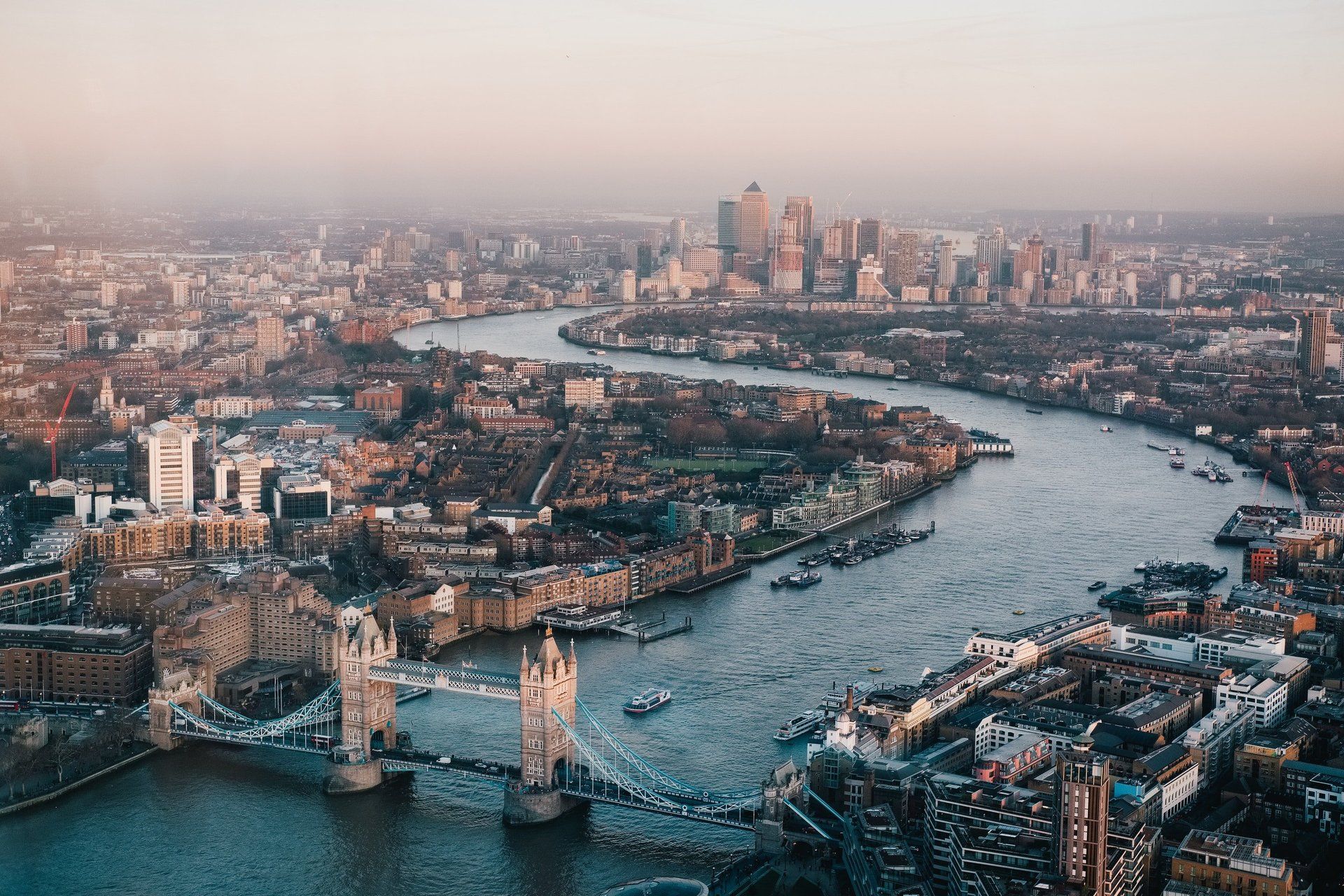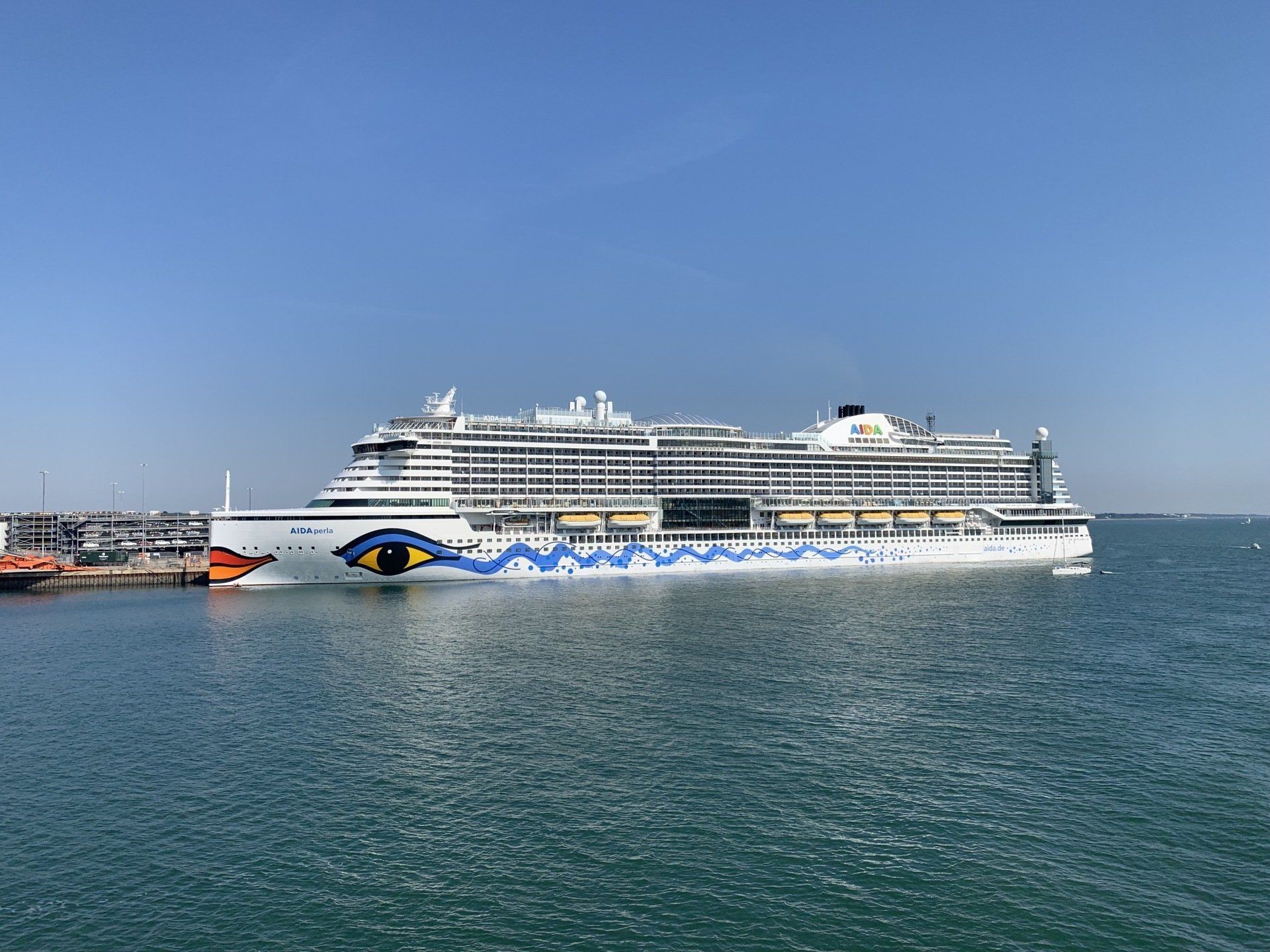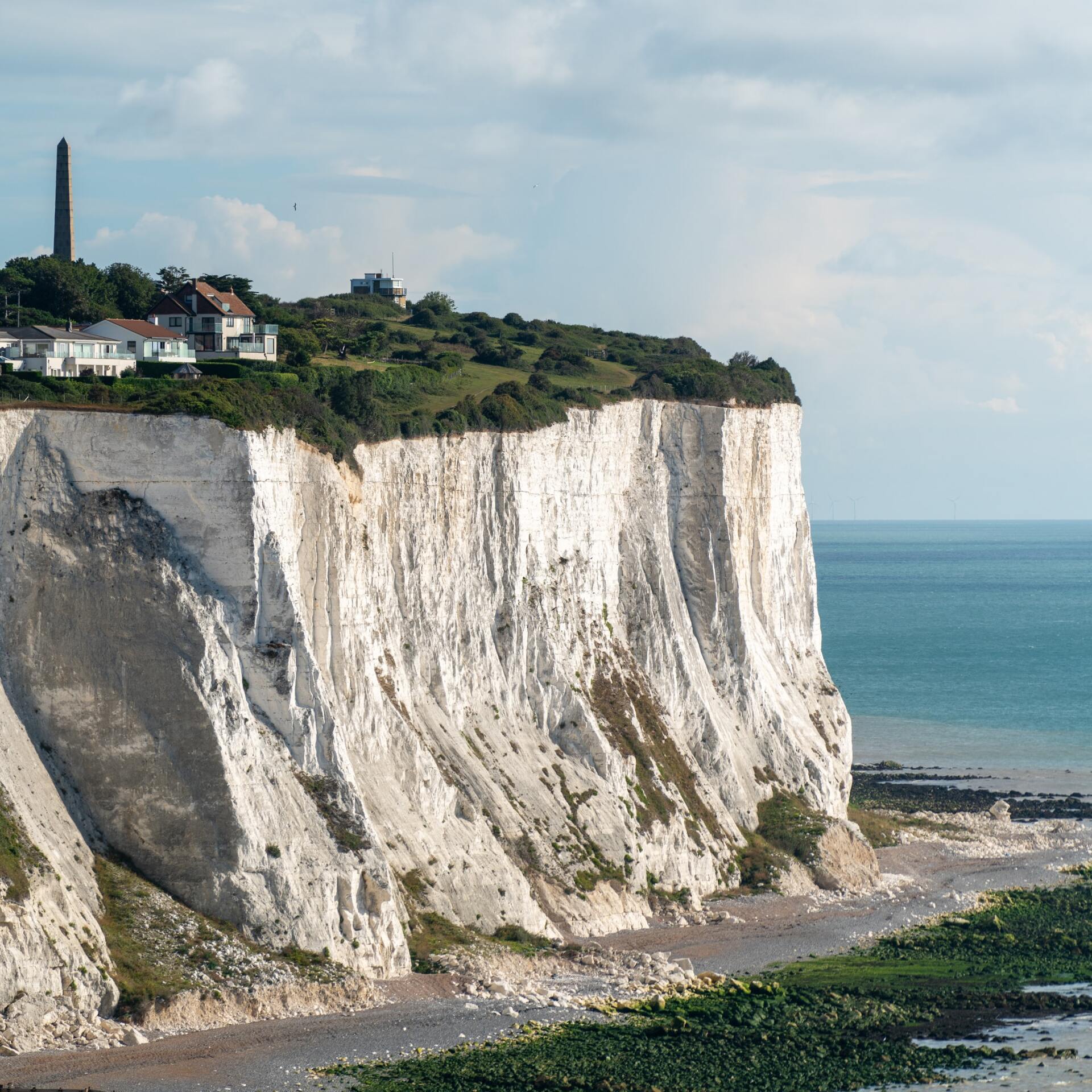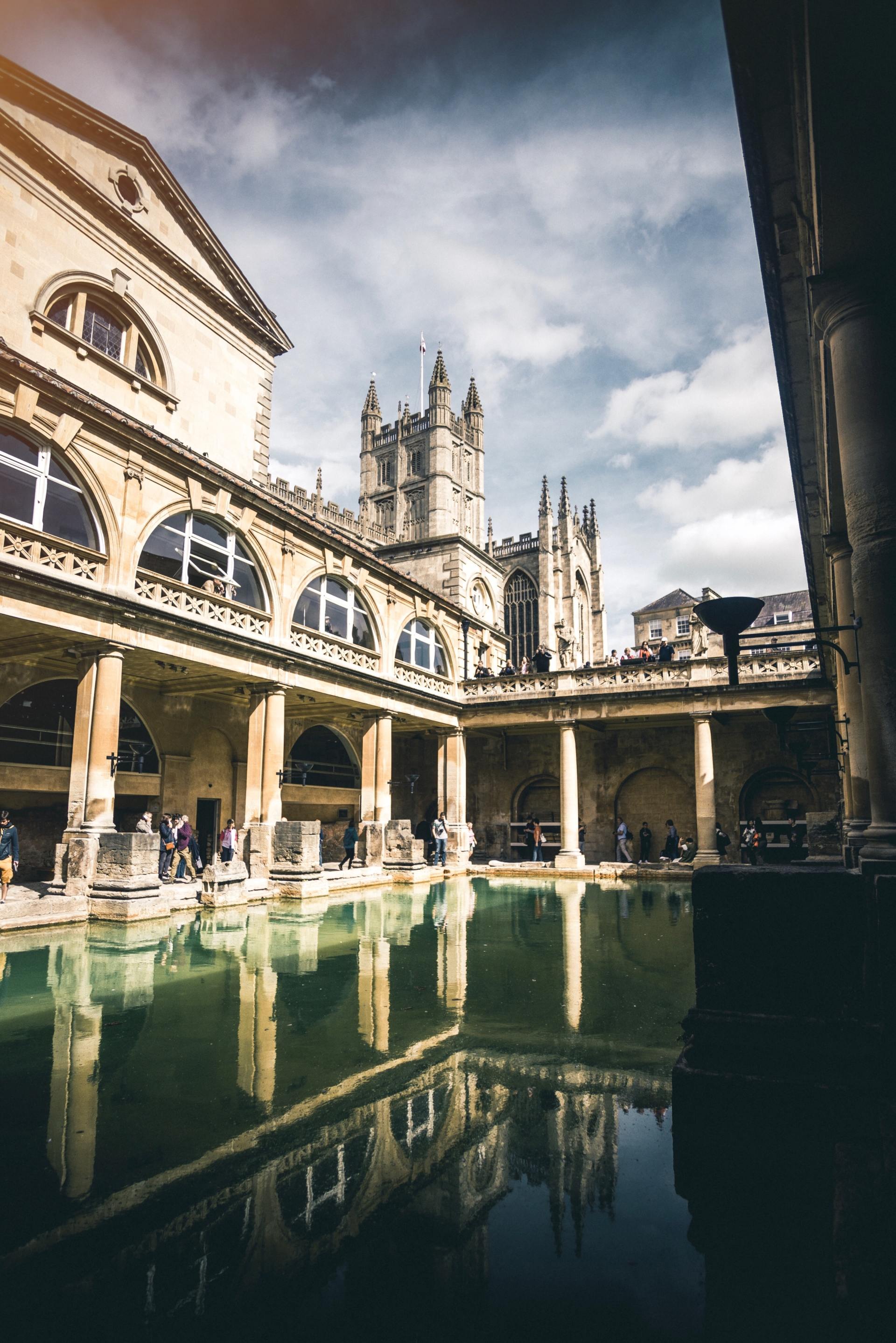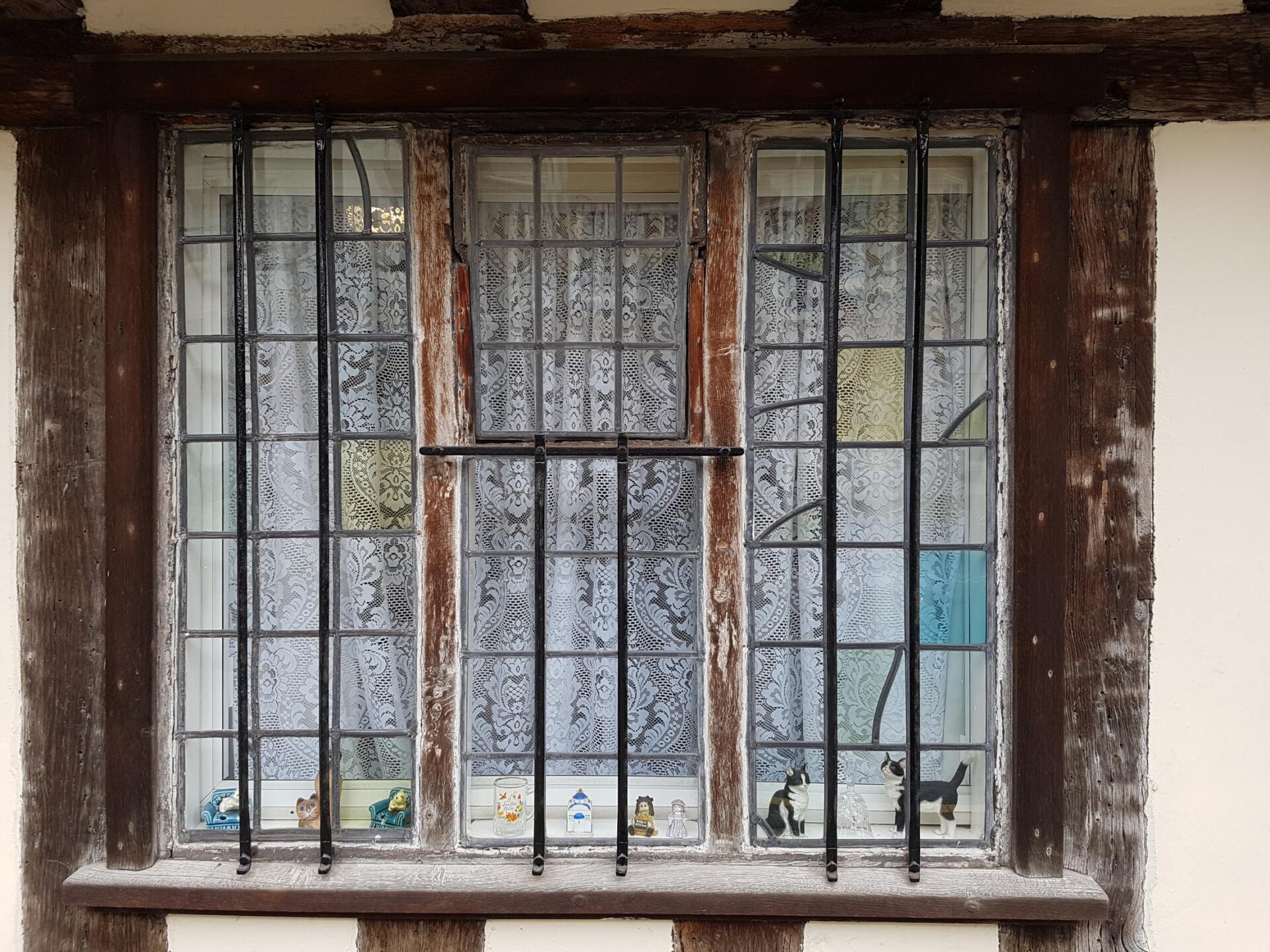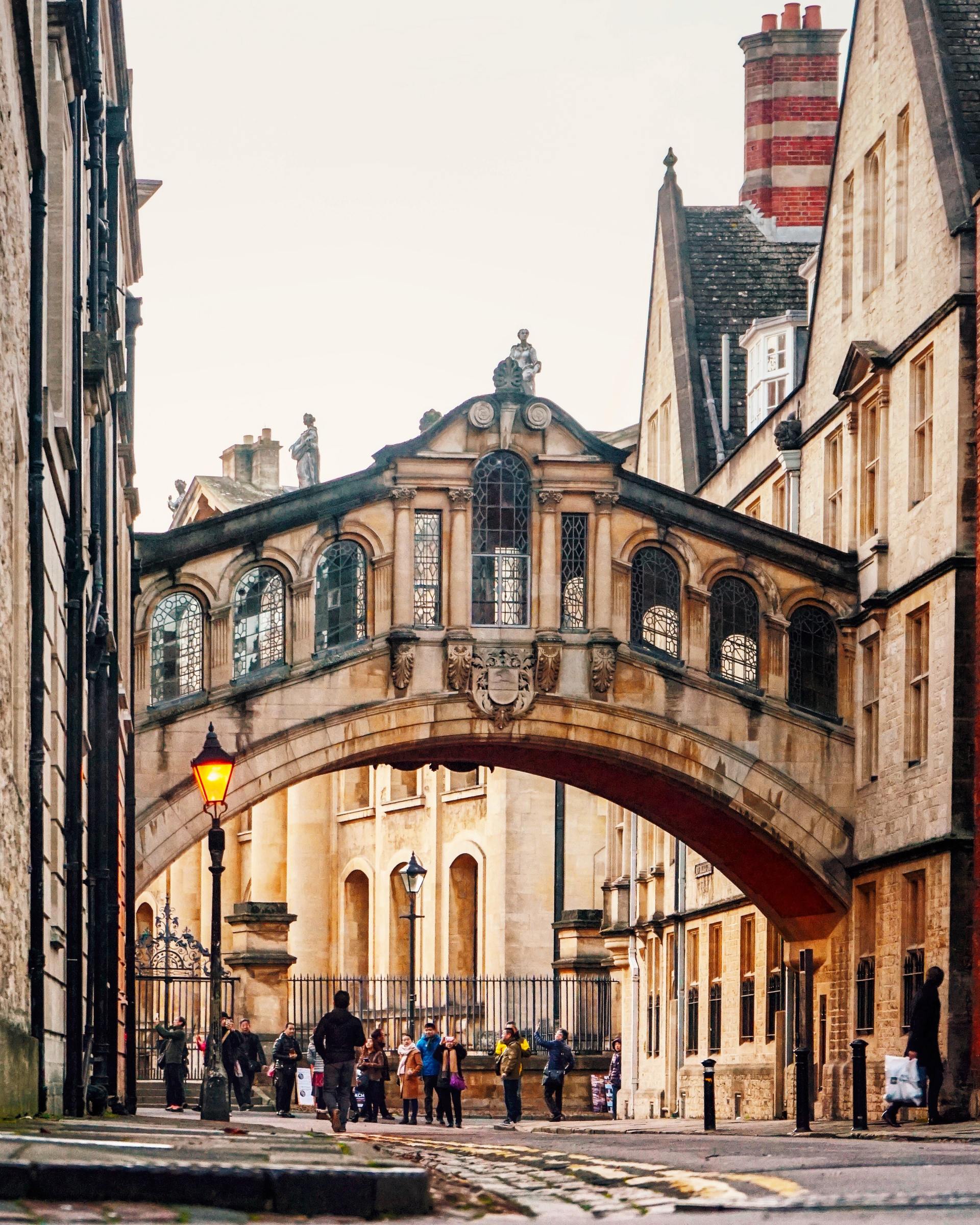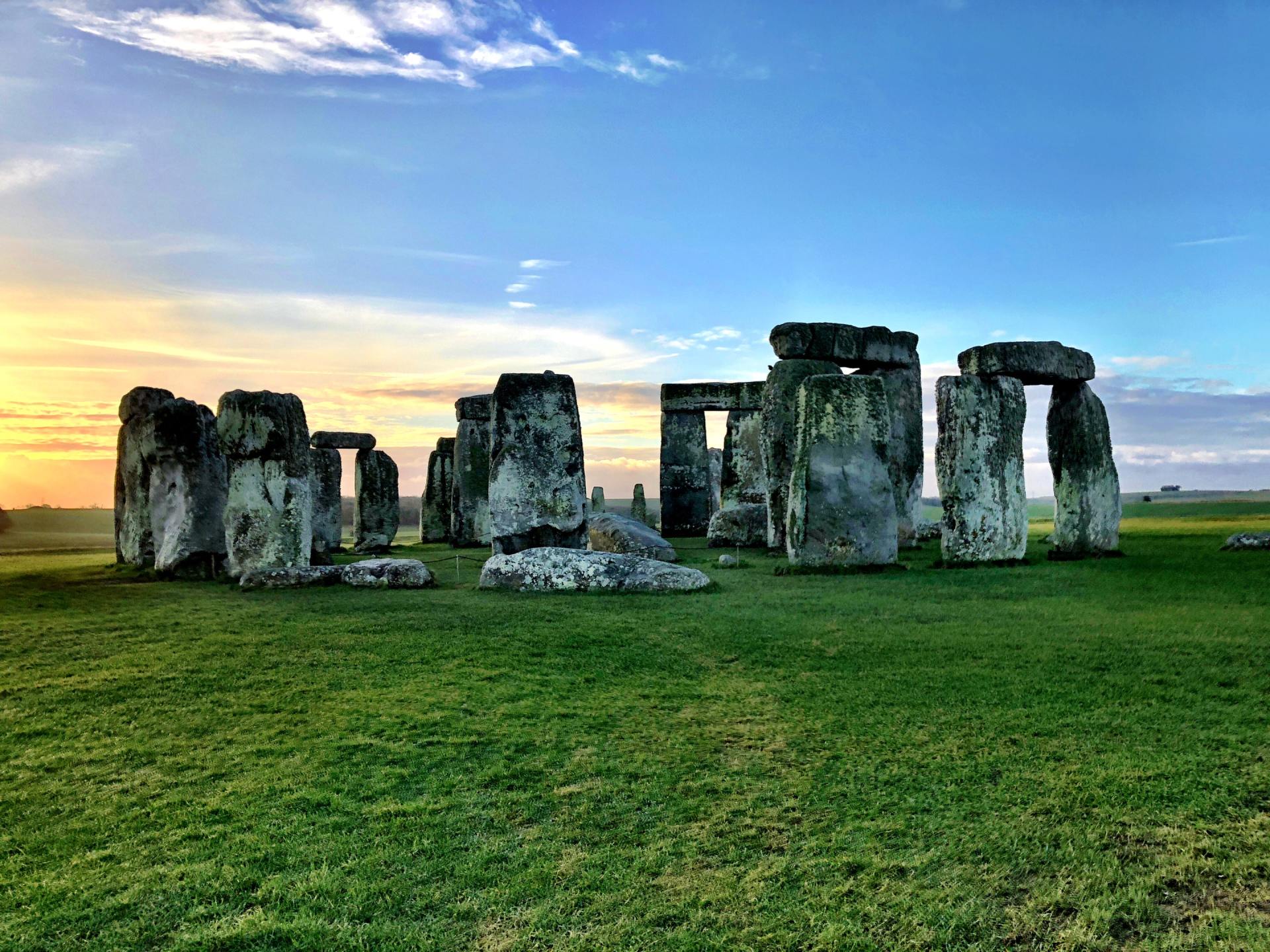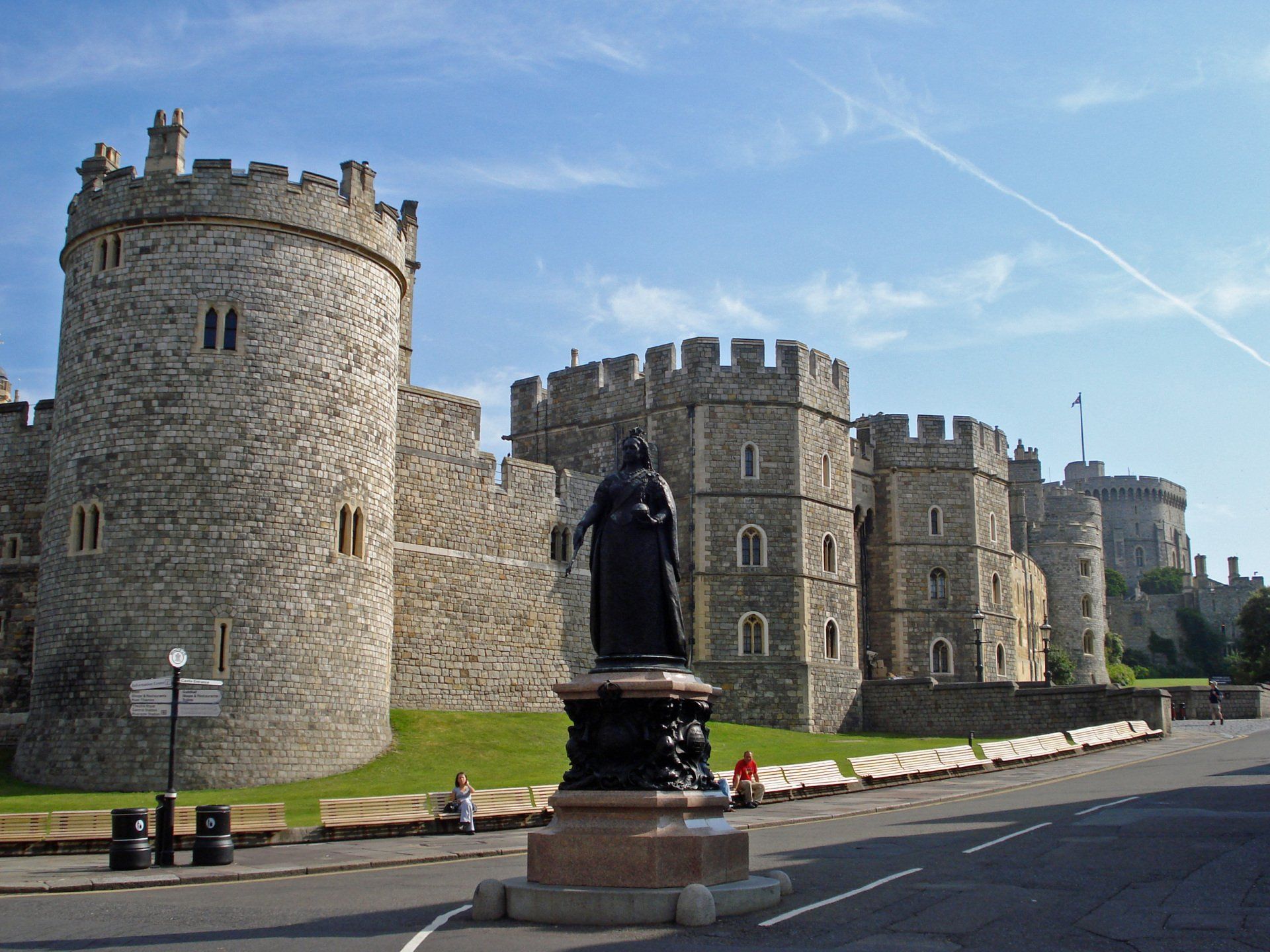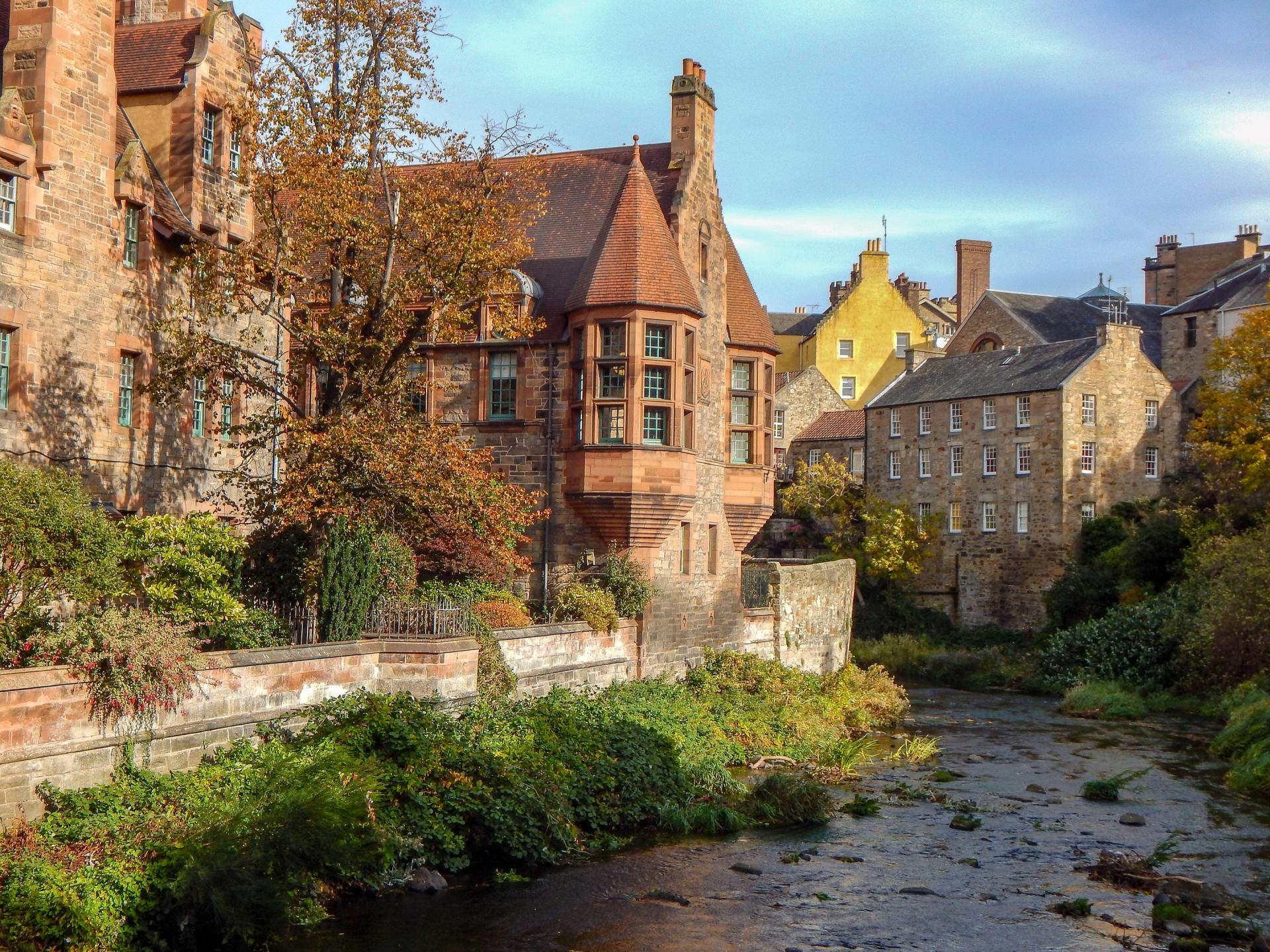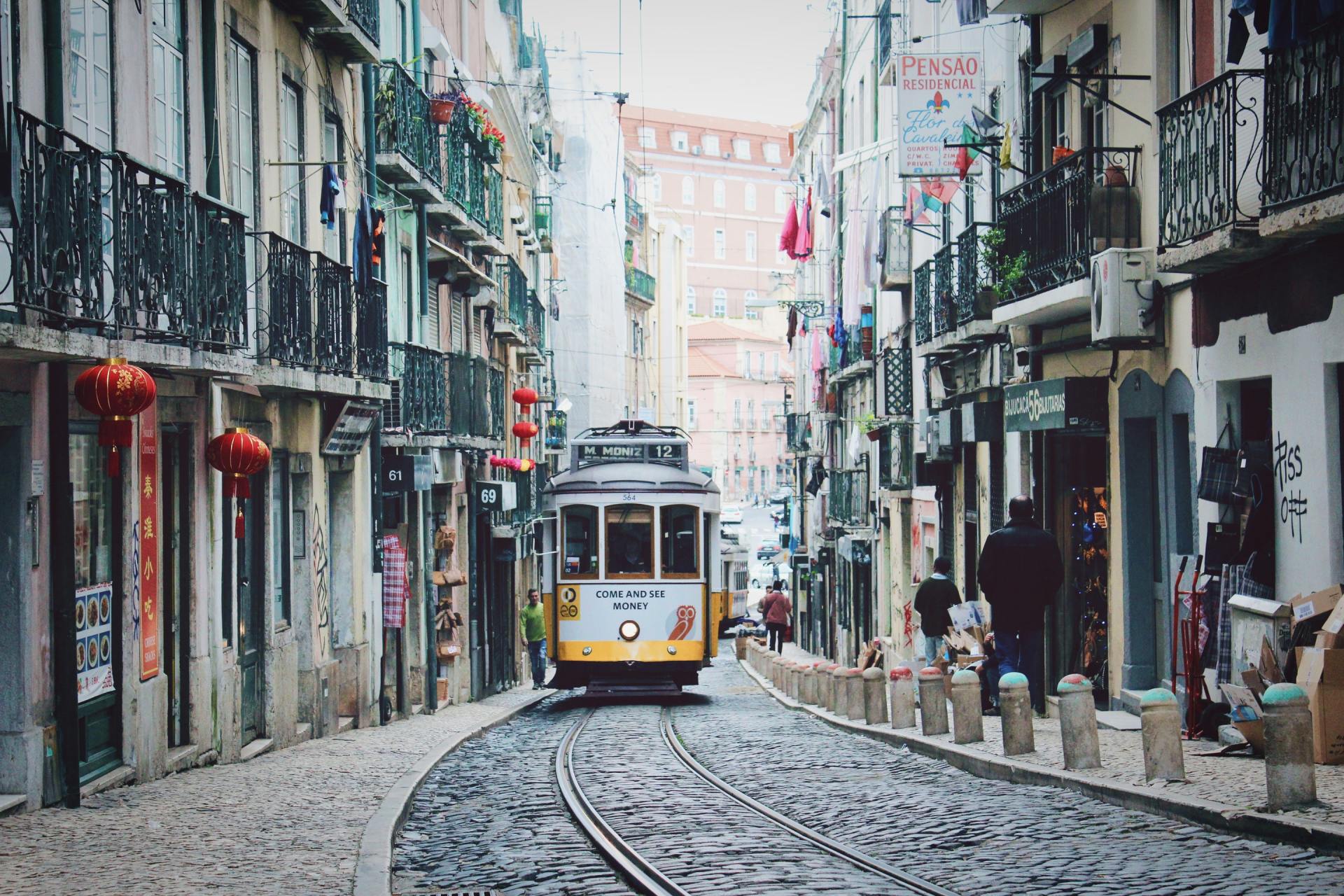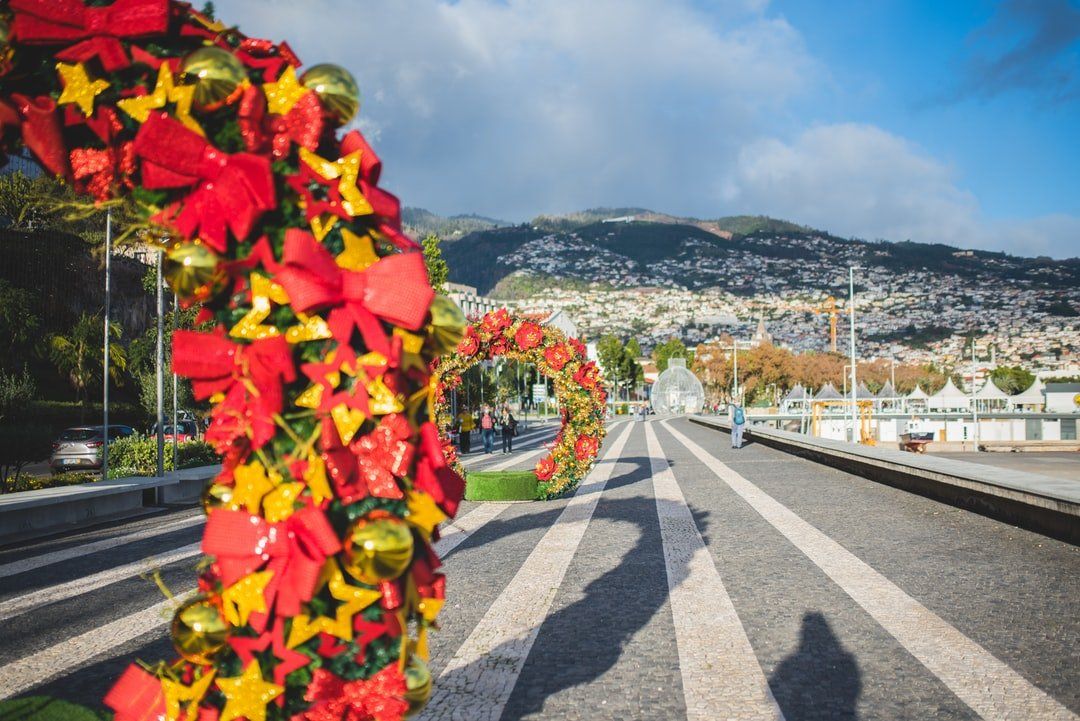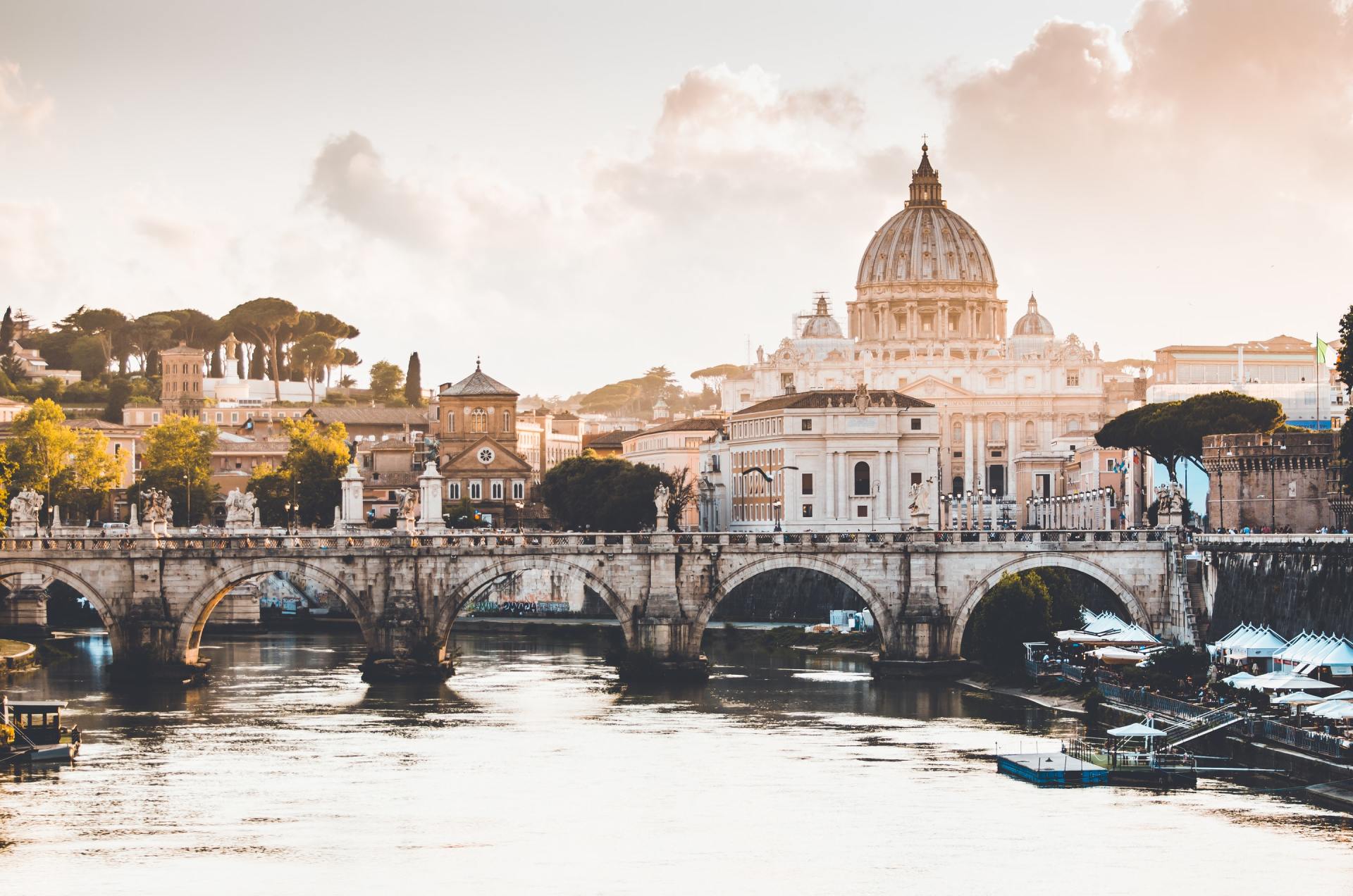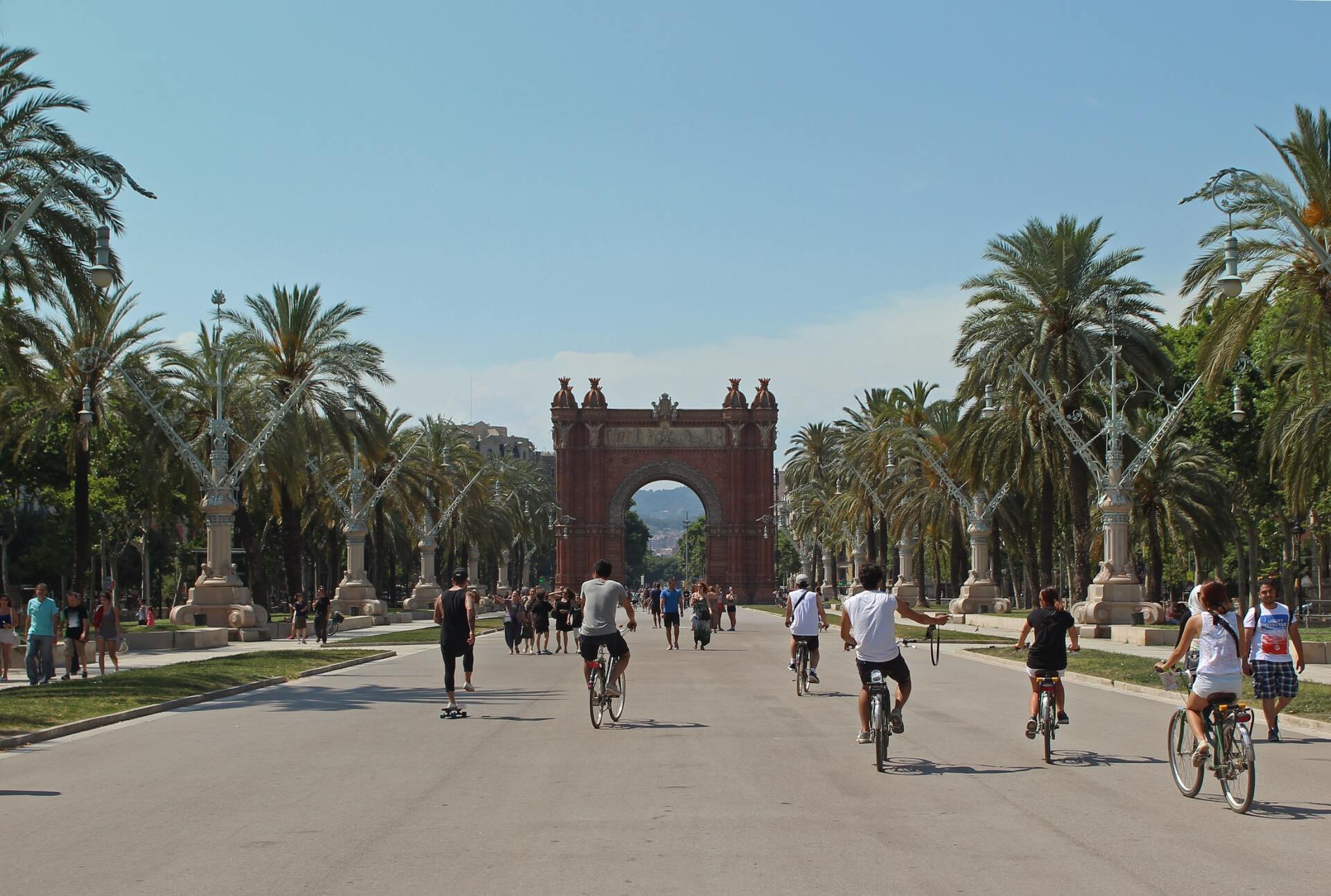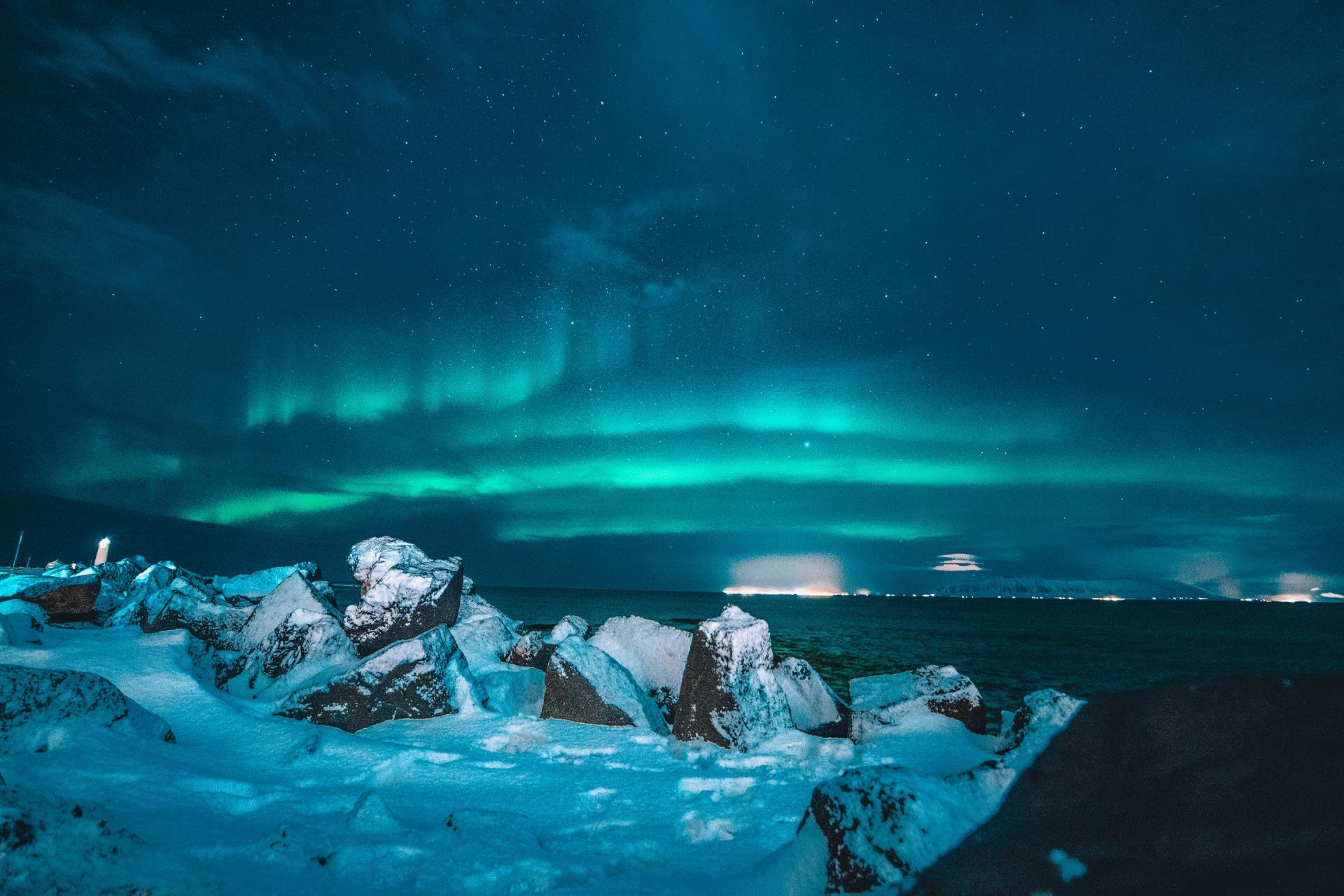We provide great services at all Locations
London
London, the capital of England and the United Kingdom, is a 21st-century city with history stretching back to Roman times. At its centre stand the imposing Houses of Parliament, the iconic ‘Big Ben’ clock tower and Westminster Abbey, site of British monarch coronations. Across the Thames River, the London Eye observation wheel provides panoramic views of the South Bank cultural complex, and the entire city.
Southampton
Southwest of London is Southampton (Soton to the locals), a metropolitan area centered around the port. However, tucked away on the side streets are ancient gems such as the Tudor House, Mottisfont Abbey, and "God's House," a museum located in a tower in the medieval wall. The ultra-modern Sea City Museum celebrates Southampton's seafaring past and the RMS Titanic
Dover
Dover is a coastal town in England’s southeastern county of Kent. It’s a major port for ferries to Calais, in France and in the west of Dover there are two dedicated cruise terminals. Built to repel invasions from across the English Channel, medieval Dover Castle overlooks the town and houses the extensive Secret Wartime Tunnels. The iconic White Cliffs of Dover are symbolic safeguards at Britain’s closest point to continental Europe.

